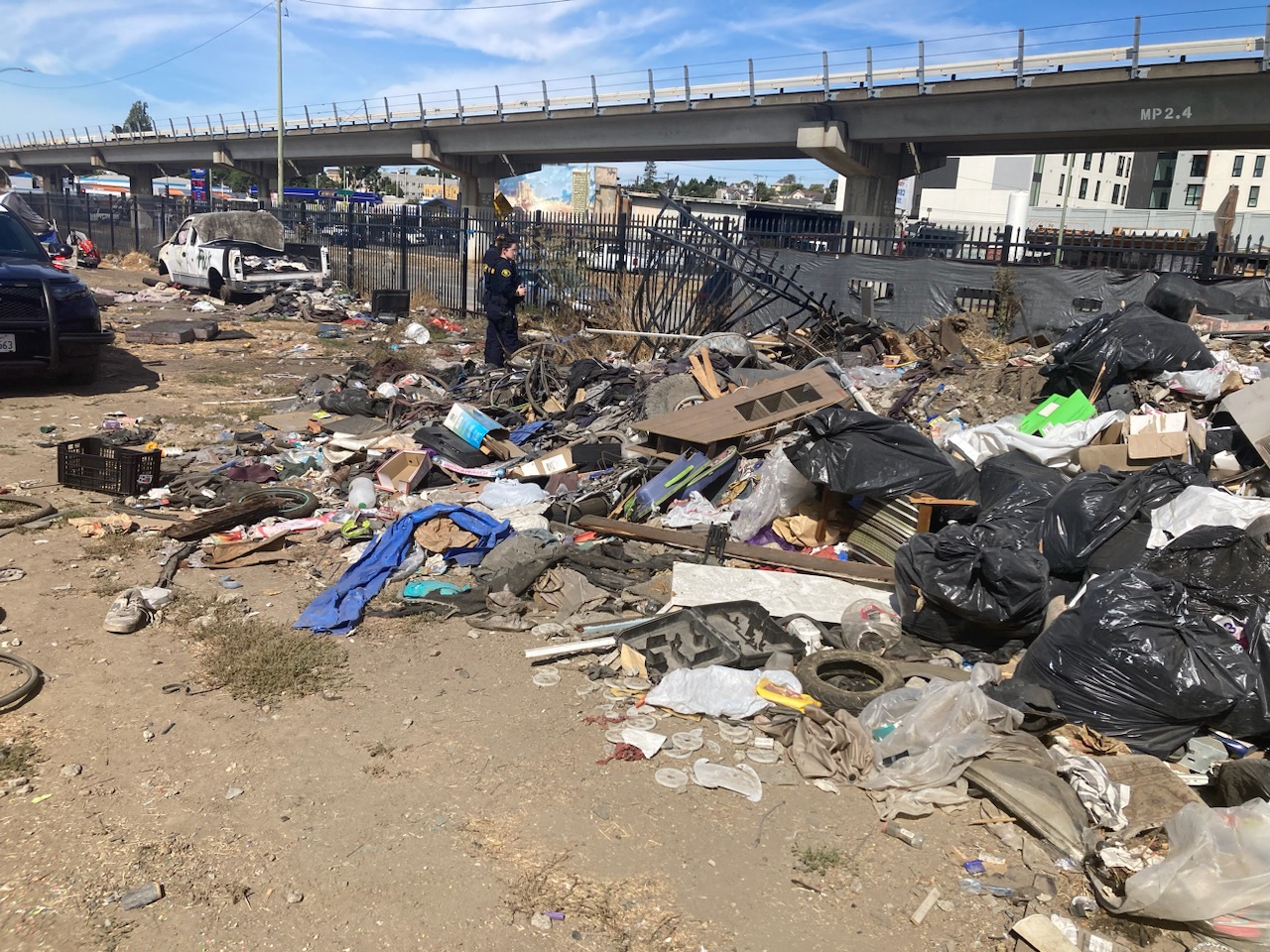Forty years ago, I wrote a series of 14 articles for the Sacramento Bee describing major economic, social, cultural and political trends coursing through California as the 20th century was drawing to a close.
One theme of the series, which later became a book, was the transformation of California from a state with high economic and social mobility to one of relatively rigid classes defined by ethnicity, education, incomes and wealth.
I quoted two researchers, Leon Bouvier and Philip Martin, who had projected California’s future as “the possible emerging of a two-tier economy with Asians and non-Hispanic whites competing for high-status positions while Hispanics and blacks struggle to get the low-paying service jobs.”
Unfortunately their analysis turned out to be quite accurate.
California has the nation’s highest rate of poverty as defined by the Census Bureau when it includes the cost of living in its calculations — 18.9% in 2023, or more than 7 million people.
Additional research by the Public Policy Institute of California revealed that 31.1% of Californians were living in or near poverty in 2023; more than half that group is Latino and another 13.6% is Black.
Furthermore, the poverty rate among undocumented immigrants was 29.6%. And, unsurprisingly, Californians without high school diplomas were almost four times more likely than college-educated Californians to be poor.
High poverty rates underscore the fact that Californians’ costs for housing, utilities, fuel and other necessities of life are among the nation’s highest. In some high-cost counties, California’s housing department considers adults making more than $100,000 a year to be poor in terms of qualifying for housing assistance.
Being poor from an income standpoint has another aspect that hasn’t gotten as much attention — the even starker stratification of Californians by wealth.
There’s a logical connection between the two. Low family income and high living costs make it more difficult to buy a home, contribute to retirement accounts and otherwise acquire what’s known as generational wealth — assets that can grow and be passed down to heirs.
The Public Policy Institute of California also has delved into that aspect of Californians’ personal finances.
“Wealth creation is of particular concern in California, where high costs of living, high poverty rates, and a shortage of housing all exacerbate the challenges of building up assets,” PPIC researchers Tess Thorman and Shannon McConville write in their new study. “But while Californians keenly feel the barriers to building wealth, many have only a broad sense that the experience is shared, and relatively little research has explored this important component of economic well-being in the state.”
Related Articles
BART fully restores service days after fire-sparked system disruption
As Oakland awaits employees’ return to office, businesses feel downtown drought
Homeowners spend on renovations and repairs despite the uncertain economy and higher prices
Walnut Creek office complex is bought for more than $100 million
San Jose Airport passenger trips lose more altitude years after COVID
While overall, Californians’ net worths — that is, assets minus debts — are about 50% higher than those of other states, thanks in part to California’s high housing values, low wealth is concentrated in Latino and Black households, corresponding to lower levels of education.
“Homeownership rates and equity are low among Latino households, driven largely by their younger age profile and lower education levels,” the study found. “In contrast, Black/other homeownership rates are low even after we account for factors like age, income, and education levels.
“While three in four households owe some money on unsecured debts (those without collateral), like credit cards, student loans, and/or medical bills,” the report continues, “older households are less likely than others to hold any unsecured debt, as are white, Asian, and immigrant households. Latino households are more likely to carry credit card debt and Black/other and Latino households are more likely to carry education-related debt than white and Asian households.”
So there it is, another confirmation that California has, indeed, become a highly stratified society — the perhaps unchangeable reality of a state whose political leadership still insists that it is a model for the world.
Dan Walters is a CalMatters columnist.





